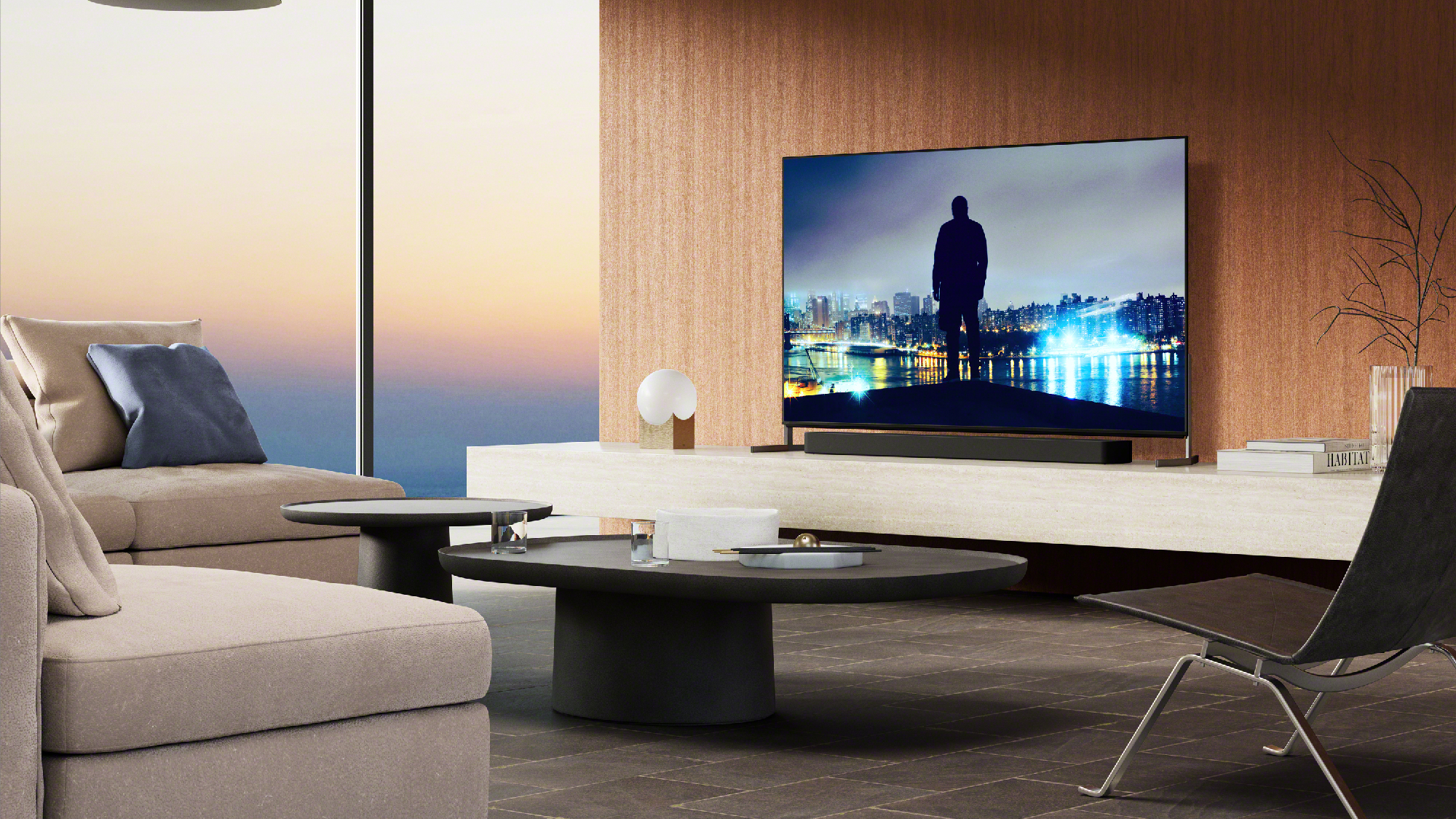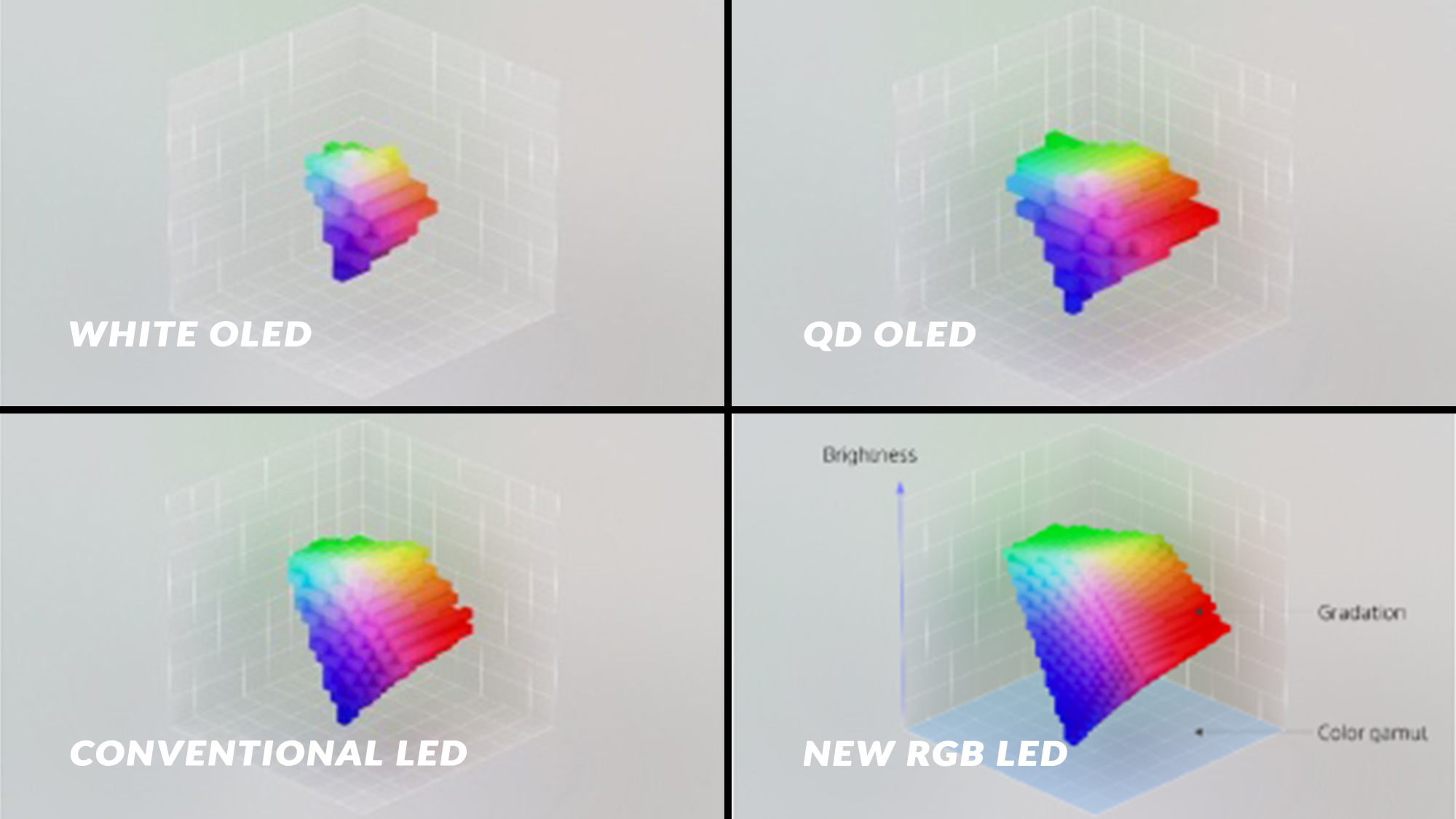The Sony Bravia 10 is the TV I’m most excited to see in 2026 — and it could make OLEDs look obsolete

Sony makes some of the best TVs on the market, but its most exciting yet isn’t bound for debut until 2026 with a model called the Sony Bravia 10. This next-generation TV leverages RGB LEDs to deliver exciting performance enhancements over its rivals. It will purportedly take advantage of MediaTek’s MT9131 chip alongside Sony’s XR Backlight Master Drive algorithm to deliver exceptional results in color handling, contrast, and brightness.
The special RGB backlighting, which we saw in person at an event hosted at Sony’s Tokyo HQ, could be the secret sauce needed to elevate Mini-LED TVs to ever-new heights. If so, the Sony Bravia 10 could far surpass even some of the best OLED TVs in the market.
But with so much hype swirling around it, can the Bravia 10 ultimately deliver next year? And, more importantly, are RGB Mini-LED TVs truly the future of OLED killers, as claimed?
What are RGB LED TVs?
RGB Mini-LED TVs are gaining popularity rapidly, but remain largely unknown at present. Hisense unveiled its own version at CES 2025, calling its technology TriChroma LED, and Samsung has also developed its own RGB display, which kicked off its production nearly two months ago. But, they’re both essentially the same technology Sony is working into its Bravia 10.
How it works is a bit complex if you’re not already familiar with the makeup of a QLED TV. Both traditional QLEDs and Mini-LED TVs rely on an LED backlight, which often sports either white or blue LED lights in conjunction with quantum dot filters that produce colors on a display.
Sony’s RGB Mini-LED design drops those colored filters and instead uses tri-colored red, green, and blue LED lights — hence, “RGB LED” — built directly into the backlight. These then act as the color source for content displayed on the screen, ensuring colors (and brightness) can be controlled across all dimming zones.
This means that colors and brightness can both act uniformly. It’s quite a remarkable feat of engineering when you think about it, offering some impressive results with the help of Sony’s XR Backlight Master Drive algorithm and, purportedly, the MediaTek MT9131 processor. The latter is what will control the RGB Mini-LED backlight in the Bravia 10, which Sony confirmed in a press release.
But what does this all mean for the consumer? And how exactly does it relate to the long-standing OLED vs Mini-LED debate?
How the Bravia 10 could steamroll the competition

Sony explained to Digitpatrox during its event in Tokyo earlier this year that the prototype Bravia 10 had a color volume four times larger than the Sony Bravia A95L OLED TV. Color volume can best be described through the lens of the color gamut tests we approach each TV with in our reviews, and how well those colors are maintained at various brightness levels.
This means the Bravia 10 could not only boast more colors but also more accurate colors in both SDR and HDR content. Managing editor Kate Kozuch, who was at the event and saw Sony’s prototype RGB Mini-LED TV side-by-side with the A95L, explains it best:
“…I witnessed in real-time how the RGB version keeps colors rich and saturated even in darker areas. It also maintained detail in shadows where traditional displays tend to lose it.”
I witnessed in real-time how the RGB version keeps colors rich and saturated even in darker areas. It also maintained detail in shadows where traditional displays tend to lose it.
Kate Kozuch, Managing Editor at Digitpatrox
It’s not just making colors more realistic and life-like. Sony also claims its RGB Mini-LED TV will have better off-axis viewing, too. This has proven a major boon for many QLEDs over the years, often being the make-or-break aspect in many of our TV reviews, right next to glare mitigation.
Poor off-axis viewing is also most notable in larger screen sizes, which have ballooned in popularity over the past two years. Brands like TCL and Hisense have made a name for themselves in the 75-inch and up range, offering budget prices on large-screen TVs with some of the worst off-axis viewing potential.
However, the Bravia 10 aims to put these woes to bed by limiting the gradation of color across the screen. Sony explained it as a byproduct of the Bravia 10’s cell structure, which includes components like its LCD panel, transistors, and the RGB backlight in question.
Herein is the promise not just in the Bravia 10 itself but RGB Mini-LED TVs on the whole: larger screen sizes with improved off-axis viewing. But the biggest obstacle these TVs, most especially the Bravia 10, will face is pricing.
Sony Bravia 10: the TV to beat in 2026?

It’s widely known that Sony’s TVs take cinematic presentation seriously. Look no further than the Sony Bravia 8 II, which just secured the crown as king of OLEDs in Value Electronics’ annual TV shootout.
But Sony TVs aren’t exactly known for their budget pricing. In fact, Sony and “premium” go hand in hand.
Given its technological advancements, it stands to reason that the Bravia 10 could be the TV to beat next year, and that comes with an unfortunate side effect. Pricing on this RGB Mini-LED TV could make it a tough sell, even if it’s better than most OLEDs.
It’s a similar problem in the realm of MicroLED TVs, which were also referred to as the “OLED killers” for the longest time. Today, major players in the MicroLED sector, primarily Samsung, have dramatically slowed production on these TVs, which often start at over $100,000.
Hopefully, the Bravia 10 doesn’t come anywhere close to that, but knowing Sony, it could be in the $40,000+ range, depending on size variations. For reference, the 116-inch Hisense UX RGB Mini-LED TV launched at a whopping $30,000— but, hey, at least you can get it for $24,999 on Best Buy right now.
We don’t know if Hisense aims to make similar TVs in smaller sizes, but that could prove to be the thorn in Sony’s backside next year. If Hisense can deliver RGB Mini-LED TVs at a similar cost to its more conventional Mini-LED TVs, Sony and Samsung will have a lot to worry about.
That’s all to say that Sony’s Bravia 10 will have its run of competition, and its most debilitating aspect could be its breakout price.
We’ll just have to wait and see how RGB Mini-LED TVs shake up the market next year, and CES 2026 might be where we’ll get our first taste of these next-gen displays.
Follow Digitpatrox on Google News to get our up-to-date news, how-tos, and reviews in your feeds. Make sure to click the Follow button.
More from Digitpatrox
Source link

